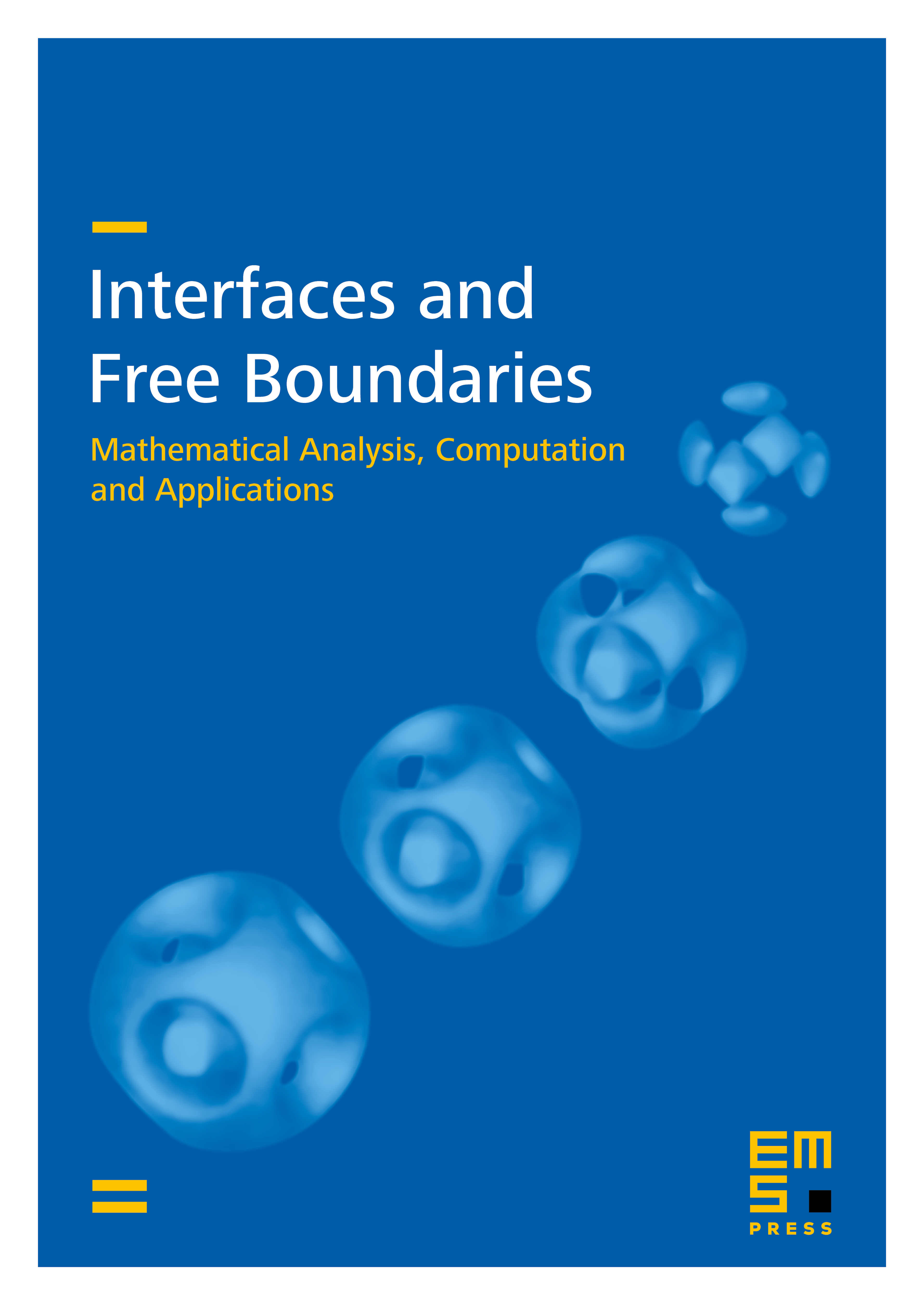Reduced models for linearly elastic thin films allowing for fracture, debonding or delamination
Jean-François Babadjian
Sorbonne Universités, UPMC Université Paris 6, FranceDuvan Henao
Pontificia Universidad Católica de Chile, Santiago de Chile, Chile

Abstract
In this work, we study the emergence of different crack modes in linearly elastic thin films by means of a -convergence analysis as the thickness tends to zero. We first consider a purely elastic body made of a film deposited on an infinitely stiff substrate through a bonding layer. The displacement mismatch between the film and the substrate generates a cohesive type energy depending on the displacement jump. Then, we consider a single linearly elastic brittle thin film. We show that the limit admissible displacements are of Kirchhoff–Love type outside the cracks, which are themselves transverse. Finally, we study the interplay between transverse cracks and debonding. We come back to the first system made of a film, a bonding layer and a substrate, but now allow it to crack. In the simplified anti-plane setting, in addition to transverse cracks, a threshold criterion acting on the displacement activates either a cohesive or a delamination energy. Some partial results in the general vectorial case are discussed.
Cite this article
Jean-François Babadjian, Duvan Henao, Reduced models for linearly elastic thin films allowing for fracture, debonding or delamination. Interfaces Free Bound. 18 (2016), no. 4, pp. 545–578
DOI 10.4171/IFB/373